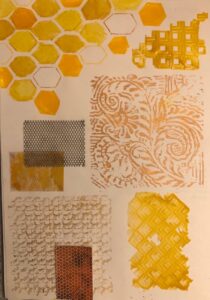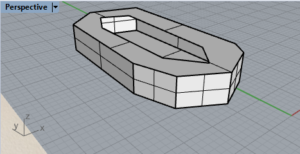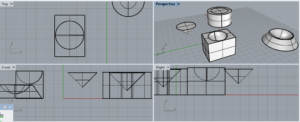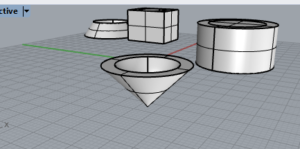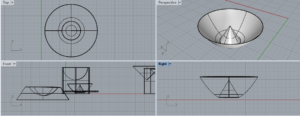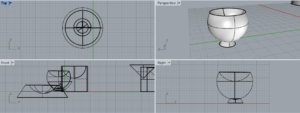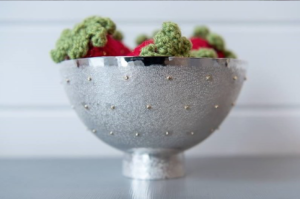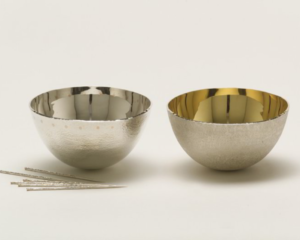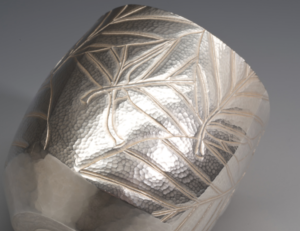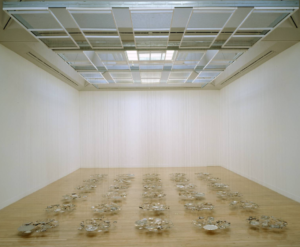Form and Facet Research
I began my visual research by drawing and painting the initial ideas that came to mind when thinking of the words crystalline and geometry. I did some observational drawings of crystals and some sketches of geometrical shapes which I then played around with in terms of possible vessels that could be made form each shape.
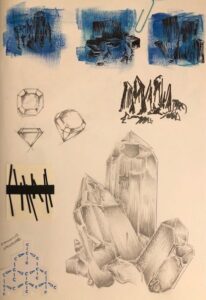
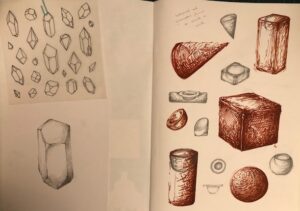
I then began thinking of different ways I could make my own geometric shapes so I started photographing shadows produced by chicken wire. I arranged paper to mimic the shapes from the chicken wire.
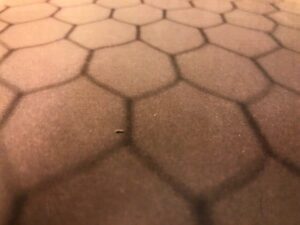
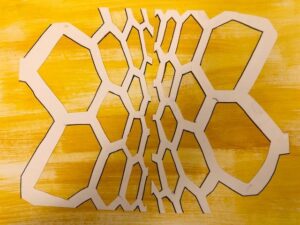
Following on from the chicken wire experiments, I began looking at other ways to create my own geometric shapes and decided to try printing with bubble wrap and scrunched up tissue paper with acrylic paint. I also embossed some wire squares on paper which I thought looked like camera film. I then looked at natural made geometric shapes and liked the pattern made by honeycomb. I replicated this with as many materials as I could, my favourite result was mixing PVA with yellow drawing ink and letting it set around a patterned jar I had.

